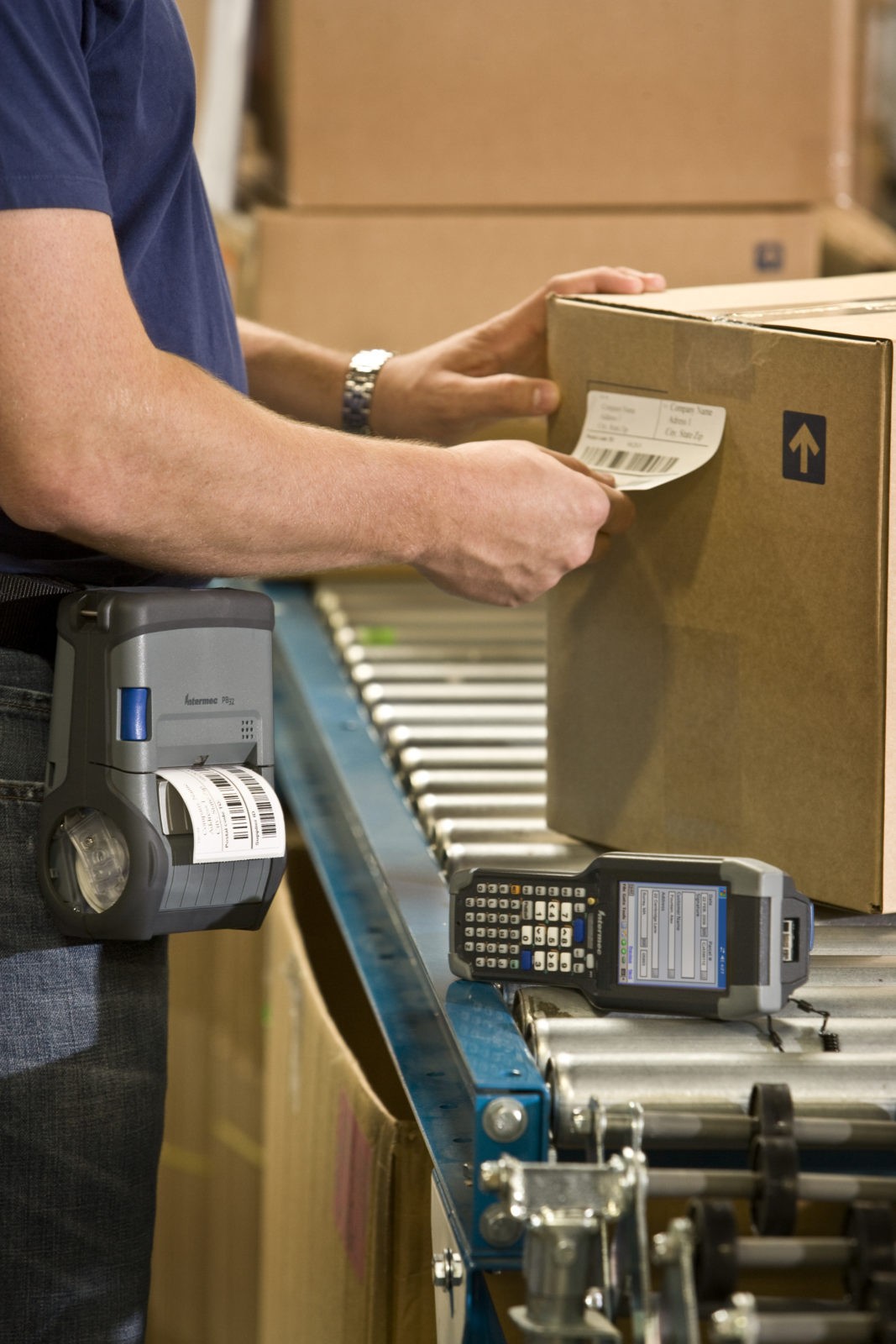Businesses must prepare to respond to eCommerce demand while ensuring the health and safety of their essential warehouse workers.
When I initially started writing about the changing role of warehouse workers earlier this year, I never imagined what the next few months would hold. The future looks a lot different today than it did at the start of 2020. Considering the impact of the coronavirus pandemic and the new standards that came with it, I’ve spent the past few months exploring how warehouse roles have changed and how their nature of work is likely to be different.
In talking with dozens of customers in recent weeks, it’s clear that two stark realities exist as a result of the pandemic: those struggling to keep the lights on and those experiencing a boom in business like never before. Yet, both groups are grappling with the same challenges of trying to figure out how to adapt to our “new normal.” Like them, I’ve never seen anything like this in my many years in the business.
The Essential Warehouse Worker
For starters, one of the most unexpected changes to come in recent months is that, in many instances, the warehouse worker has been recognized as being “essential” right along with first responders, nurses, doctors and the like. These brave and dedicated women and men – along with other newly minted essential workers in grocery stores, food processing plants, and parcel delivery – have been instrumental in keeping our society functioning while so many cities, counties and states were in lockdown.
To continue reading this article, click here to go to the Other Voices section of Modern Materials Handling. This piece has been syndicated to four other publications, as well.

